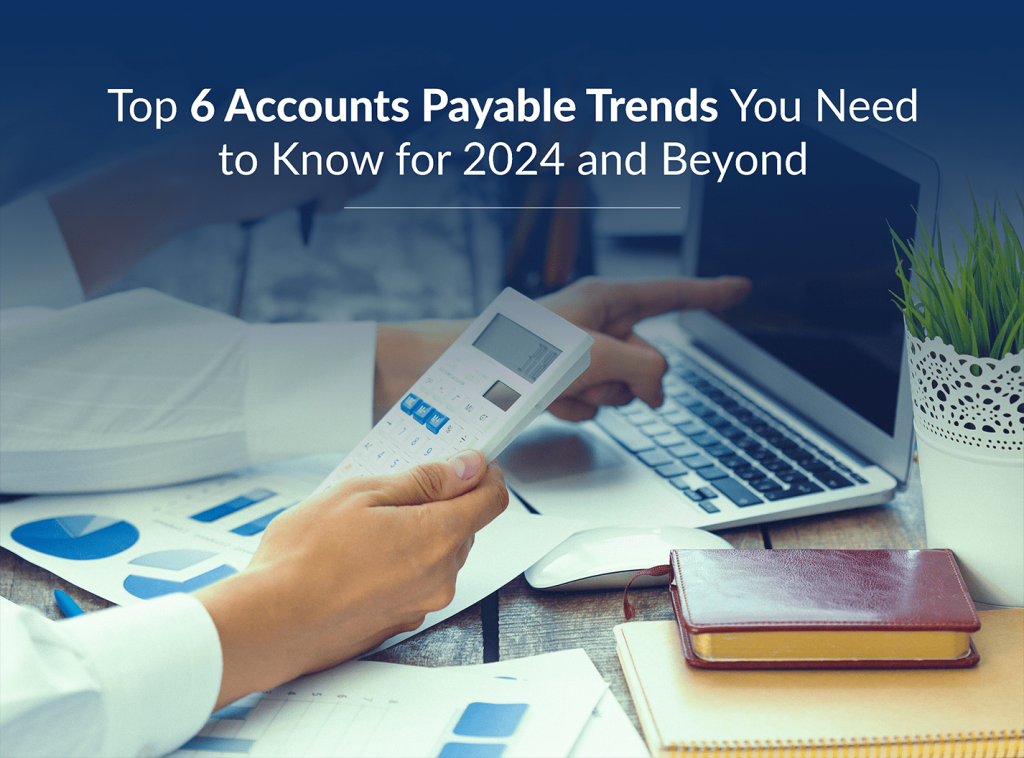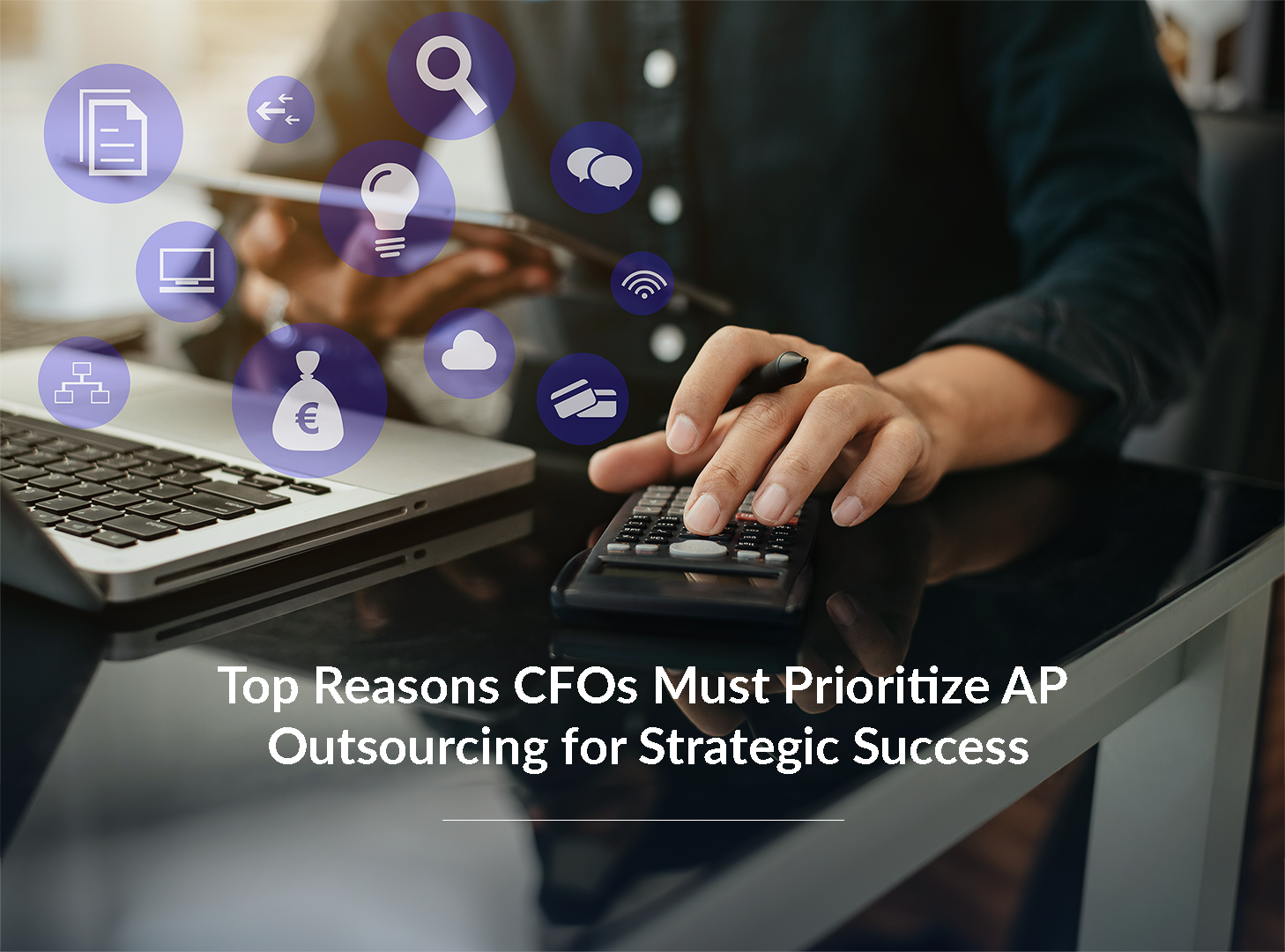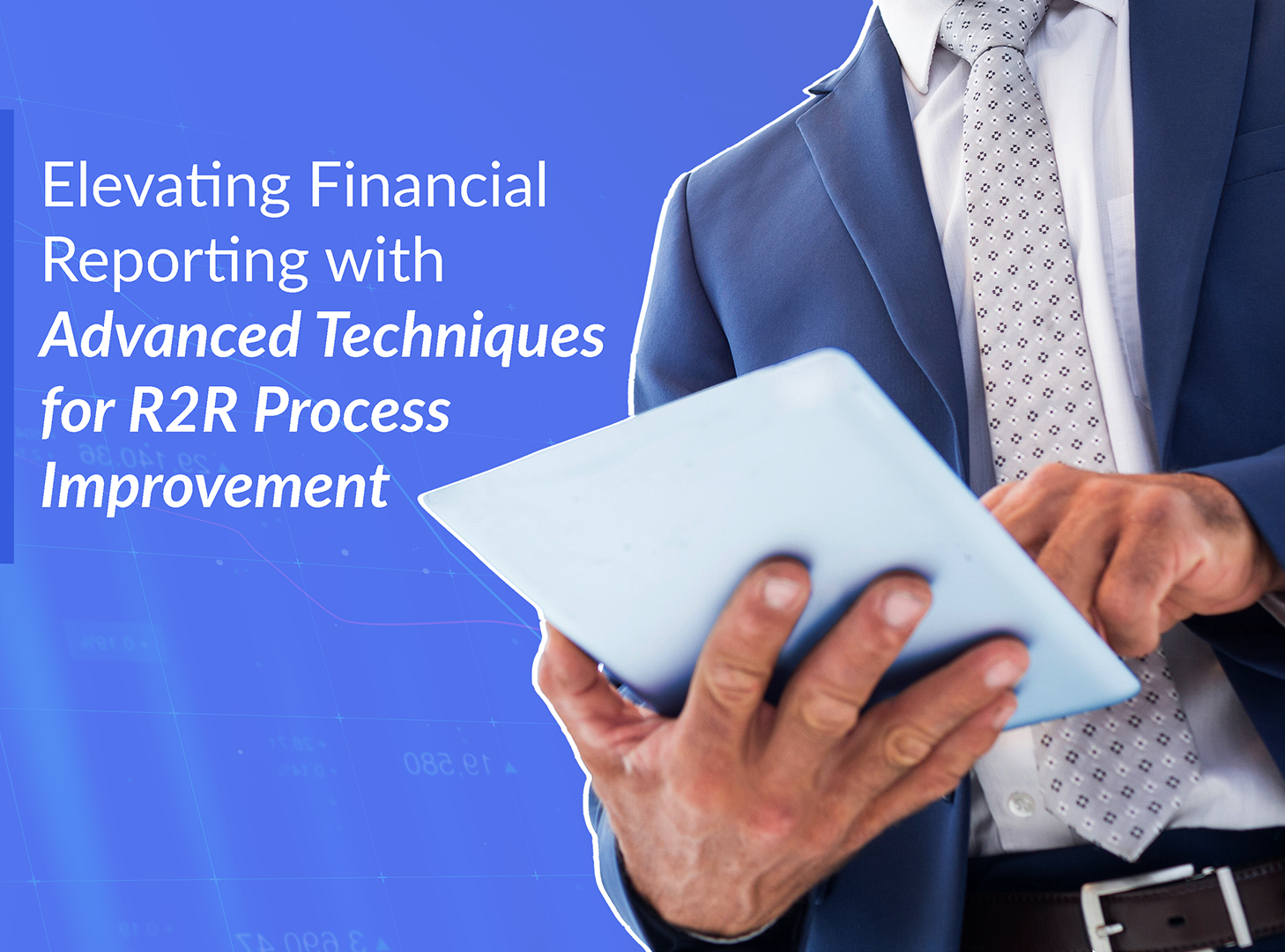Accounts payable (AP) is no longer just about paying bills; it’s becoming a central player in driving business efficiency and strategic financial management. In 2024, this shift is only going to become more pronounced. Whether you’re a financial professional or a business owner, understanding these evolving trends can position your company for greater success.
In this blog, we’ll explore the top six accounts payable trends that are shaping the future of this crucial function. These trends are not just changing how teams manage outflows but are also integrating AP processes into the broader strategic goals of businesses. Read on as we delve into these transformative developments that promise to redefine the AP landscape in 2024 and beyond.
Trend 1: Integration of AI and Machine Learning
In today’s fast-paced business environment, advanced automation is revolutionizing the way accounting tasks are handled. This means leveraging cutting-edge technologies like Artificial Intelligence (AI) and Machine Learning to streamline processes and improve efficiency in accounts payable.
How AI and Machine Learning Enhance Efficiency
Imagine having the power of AI and Machine Learning at your fingertips, enabling you to automate repetitive tasks such as data entry, invoice processing, and payment approvals. With these technologies, you can significantly reduce manual errors and free up valuable time for your team to focus on more strategic initiatives.
Potential Cost Savings through Automation
By embracing automation powered by AI and Machine Learning, you can unlock significant cost savings. Not only does it reduce the need for manual labor, but it also improves accuracy and compliance, ultimately leading to lower operational costs. Additionally, the time saved through automation allows your team to focus on value-added tasks that drive business growth.
Trend 2: Adoption of Real-Time Payments
As we move into 2024 and beyond, embracing real-time payment systems like FedNow and Zelle could significantly streamline your accounts payable (AP) operations. These modern payment methods provide immediate transaction processing, which drastically cuts down the time money takes to move from one account to another.
Impact on AP Operations
Integrating real-time payments into your AP framework allows for unprecedented speed and efficiency. You’ll find that handling invoices, reconciling accounts, and managing payment cycles become faster, reducing the overall time your staff spends on these tasks. This swift processing not only speeds up operations but also minimizes the errors associated with traditional payment methods.
Benefits for Supplier Relationships and Cash Flow
The move to real-time payments strengthens your relationships with suppliers. They benefit from quicker payments, which in turn, can lead to better negotiation terms and discounts for your business. Additionally, the ability to manage cash flow in real time enhances your financial stability. You can better predict your available funds and allocate resources more effectively, ensuring financial decisions are made on the most current data available.
By adopting these advanced payment technologies, you position your business at the forefront of AP innovation, leading to more controlled and strategic financial management.
Trends 3: Transition to Cloud-Based AP Solutions
The shift toward cloud-based accounts payable (AP) solutions is reshaping how businesses manage their finances. As you consider updating your accounts payable systems, understanding the benefits of cloud adoption can guide your decision-making process.
Advantages of Cloud-Based Platforms
Cloud-based accounts payable platforms offer enhanced accessibility, scalability, and reduced costs associated with physical infrastructure. With these systems, you can access your AP data from anywhere, at any time, as long as you have internet connectivity. This flexibility is crucial for businesses with remote teams or those that require access across multiple locations. Moreover, cloud solutions can easily scale with your business growth, accommodating more transactions without the need for significant hardware investments. This scalability ensures that as your business grows, your AP capabilities can grow seamlessly alongside it without a proportional increase in costs.
Importance of Integration
Integrating your AP system with other financial and accounting software is vital for a holistic view of your finances. This integration allows for automatic data flow between systems, reducing manual entry errors and ensuring that financial reports are comprehensive and up to date. It also facilitates better financial oversight and strategic decision-making by providing a unified picture of your business’s financial health.
By adopting cloud-based accounts payable solutions, you not only streamline your financial operations but also position your business for greater efficiency and adaptability in the dynamic economic landscape of 2024 and beyond.
Trend 4: Advancements in Supplier Self-Service Portals
The development of supplier self-service portals represents a significant leap forward in how businesses manage their accounts payable (AP) workflows. These portals are designed to empower suppliers and streamline communication and transactions between businesses and their vendors.
Function and Benefits of Online Portals
Supplier self-service portals serve as a central online hub where suppliers can submit invoices and track the status of their payments. This transparency fosters trust and improves supplier relationships by providing clear, immediate insights into payment processes. The benefits of implementing such portals are vast, including enhanced efficiency and reduced errors. By allowing suppliers to manage their own invoicing and payment tracking, you reduce the burden on your AP staff, freeing them up to focus on more strategic tasks.
Streamlining Accounts Payable Processes
Self-service portals significantly reduce manual tasks within the AP department by automating data entry and invoice processing. This automation cuts down on the time spent managing invoices and payments, minimizes human error, and speeds up the overall payment cycle. As a result, AP processes become more efficient, which not only improves workflow but also contributes to better cash flow management.
By integrating advancements in supplier self-service portals, you’re not just upgrading a system; you’re transforming your AP operations into a more efficient, error-resistant, and supplier-friendly environment. This strategic move can provide a competitive edge in optimizing business operations for the future.
Trend 5: Enhancements in Cybersecurity and Fraud Prevention
In today’s digital age, cybersecurity is a cornerstone of reliable accounts payable (AP) operations. As cyber threats become more sophisticated and frequent, enhancing your AP’s security measures is not just an option—it’s a necessity.
Importance of Cybersecurity in AP
The financial sector, particularly accounts payable, is a prime target for cyberattacks due to the sensitive financial data handled daily. A breach can lead to significant financial losses, damage to your business’s reputation, and erosion of trust with your partners and suppliers. Therefore, prioritizing cybersecurity helps safeguard your assets and ensures the continuity and reliability of your financial operations.
Key Security Measures Being Adopted
To combat these threats, businesses are increasingly implementing robust security measures. Multi-factor authentication (MFA) has become a baseline security standard. MFA adds an extra layer of security by requiring users to verify their identity in multiple ways before accessing sensitive AP systems and data. This method significantly reduces the risk of unauthorized access resulting from compromised passwords.
Additionally, data encryption is widely adopted to protect the integrity and confidentiality of financial information. Encryption transforms readable data into a coded format that can only be deciphered by authorized users with the correct decryption keys. This ensures that even if data is intercepted, it remains unreadable and secure from attackers.
By adopting these enhanced cybersecurity practices, you are not only protecting your business from potential cyber threats but also reinforcing your commitment to maintaining a secure and trustworthy AP environment. This commitment is crucial for keeping pace with the evolving landscape of cyber threats in 2024 and beyond.
Trend 6: Shift Towards Data-Driven Decision Making
The transition to data-driven decision-making marks a pivotal evolution in accounts payable (AP) strategies. Leveraging advanced analytics is at the forefront of this shift, transforming the way businesses understand and manage their financial operations.
Role of Advanced Analytics
Advanced analytics in accounts payable systems play a crucial role in dissecting payment trends and evaluating supplier performance. These analytics allow you to go beyond traditional reporting and gain deep insights into how, when, and why funds are disbursed. By understanding these trends, you can identify opportunities for cost savings, detect inconsistencies that may suggest fraud, and evaluate the reliability and performance of your suppliers. This level of insight is invaluable for strengthening supplier relations and optimizing procurement strategies.
Optimizing Payment Terms and Financial Decision-Making
The data extracted from AP systems are instrumental in optimizing payment terms with your suppliers. By analyzing payment histories and supplier behaviors, you can negotiate terms that benefit both parties, such as extended payment periods or early payment discounts. These optimized terms not only improve cash flow management but also enhance your bargaining position.
Furthermore, the integration of this data into your broader financial decision-making processes ensures that your financial strategies are informed by accurate and timely information. This integration allows for more precise forecasting, budgeting, and resource allocation, all of which are essential for maintaining financial health and fostering business growth.
By embracing data-driven decision-making in your accounts payable operations, you equip your business with the tools needed to navigate the complexities of the modern financial landscape, making more informed, strategic decisions that drive success.
StratShore’s Approach to Accounts Payable
StratShore stands as your ultimate offshoring partner, specifically tailored for streamlining and automating Accounts Payable processes. We specialize in enhancing the efficiency of accounts payable operations for businesses of all sizes, from small firms to large enterprises. Our approach not only reduces costs but also accelerates the overall financial workflow, enabling you to achieve greater accuracy and compliance in your financial dealings.
Conclusion
As we’ve explored, the accounts payable landscape is undergoing significant transformations, driven by advancements in technology and shifts in business practices. From the rise of AI and machine learning that streamline repetitive tasks to the implementation of real-time payments that enhance cash flow management, these trends are not just reshaping accounts payable—they’re setting new standards for operational excellence.
Embracing these changes offers strategic advantages. Adopting cloud-based solutions, for instance, improves accessibility and integration, while leveraging data analytics enhances decision-making capabilities. Furthermore, prioritizing cybersecurity and utilizing supplier self-service portals not only fortify your financial operations against fraud but also streamline communications and processes with suppliers.
Connect with StratShore seamlessly to stay proactive in this rapidly evolving environment. By integrating our cutting-edge technologies and strategies, you position your business to not only compete but lead in a dynamic market. Consider how these trends can be applied within your own systems to not just keep up, but truly stand out. Let’s step into the future of accounts payable together, ready to embrace new opportunities for growth and innovation!




